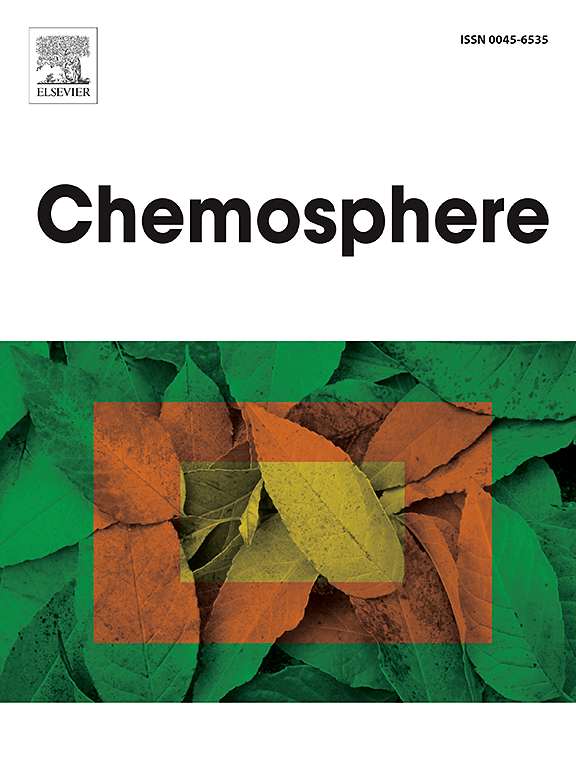Analysis of 6PPD-Q in finfish, shellfish, and marine mammal tissues
IF 8.1
2区 环境科学与生态学
Q1 ENVIRONMENTAL SCIENCES
引用次数: 0
Abstract
6PPD-quinone (6PPD-Q), a transformation product of tire rubber anti-oxidant 6PPD, has been identified as the primary causal toxicant for the urban runoff mortality syndrome observed in coho salmon (Oncorhynchus kisutch) in the Pacific Northwest, USA. Several other fish species are also vulnerable to 6PPD-Q. However, monitoring efforts on 6PPD-Q have been focused on water, particulate matter, soils, and sediments, while that in tissues remains scarce. This study presents a workflow for extraction and quantitative analysis of 6PPD-Q in complex tissues from shellfish, finfish, and marine mammals. A multi-residue extraction protocol was developed for quantitative analysis of 6PPD-Q and persistent organic pollutants (PCBs, PBDEs, organochlorine pesticides) and PAHs in tissues in a single extraction. A GC-MS/MS based 6PPD-Q measurement was also developed. The protocol was evaluated in tissues including fish fillets, whole fish homogenates, mussels, and whale blubber. Limits of quantification of 6PPD-Q were between 0.03 and 0.12 ng/g ww and the surrogate (6PPD-Q-d5) recoveries were ∼60–100 % among matrices. We also conducted an initial biomonitoring study using caged mussels (Mytilus trossulus) and juvenile Chinook salmon (Oncorhynchus tshawytscha) from Puget Sound, WA. 6PPD-Q detection rates were at least 50 % but the concentrations were mostly <1 ng/g ww. Our protocol will aid 6PPD-Q biomonitoring in aquatic environments and also exposure assessments for improved understanding of 6PPD-Q bioaccumulation potential in these food webs.

求助全文
约1分钟内获得全文
求助全文
来源期刊

Chemosphere
环境科学-环境科学
CiteScore
15.80
自引率
8.00%
发文量
4975
审稿时长
3.4 months
期刊介绍:
Chemosphere, being an international multidisciplinary journal, is dedicated to publishing original communications and review articles on chemicals in the environment. The scope covers a wide range of topics, including the identification, quantification, behavior, fate, toxicology, treatment, and remediation of chemicals in the bio-, hydro-, litho-, and atmosphere, ensuring the broad dissemination of research in this field.
 求助内容:
求助内容: 应助结果提醒方式:
应助结果提醒方式:


